Difficulty: Novice
Time: 20 minutes
Cost: ~$8
Messy counter, zero wipes? Skip the pricey pack and make your own in minutes. These DIY wipes cost a fraction of store-bought, and you decide what touches your surfaces. No harsh stuff, no mystery ingredients, just cleaning power you can tweak.
Your wallet notices. According to research, homemade batches come in under 75 cents, while a single store pack runs several dollars. Your trash bin notices too, since disposable wipes contribute significantly to landfill waste, and DIY versions can be reusable. Plus, homemade cleaning wipes let you control the ingredients, so you skip harsh chemicals and still get real cleaning power.
What You'll Need
Materials
1 cup rubbing alcohol (70% or higher), approximately $3
1 cup distilled water (tap water works too), under $1
3 tablespoons liquid castile soap, approximately $2
30 drops essential oil (lemon, lavender, or tea tree), approximately $2
8 to 10 washcloths or cut paper towels
Large airtight container with lid
Tools
Measuring cups
Tablespoon measure
Scissors if cutting paper towels
Safety First
Wear nitrile or vinyl disposable gloves when handling rubbing alcohol
Work in a well ventilated area, alcohol vapors can be strong
Keep the solution away from heat sources and flames
Keep away from children during mixing and storage
Never mix with bleach or ammonia-based products
Label the container clearly to avoid confusion with food storage
Steps
Mix your cleaning solution. Pour 1 cup rubbing alcohol into your large container, then add 1 cup water. For surface disinfection use at least 70% isopropyl or ethyl alcohol (60% is generally the minimum for hand sanitizers, but 70% is the commonly recommended surface disinfectant); contact time and coverage matter—see CDC/EPA guidance. It should feel cool and smell lightly of alcohol.
Add soap and fragrance. Stir in 3 tablespoons castile soap, then add your essential oil. Mix until the liquid looks slightly cloudy and even. No streaks, no globs.
Prepare your wipe material. If using washcloths, fold them to fit your container. For paper towels, cut them into 7 x 11 inch sections (18 x 28 cm) for a grab-and-go size that actually covers a spill. Think sticky jam smears, coffee rings, or last night’s pasta sauce splatter.
Soak the wipes. Add your cloth material to the solution and make sure each piece is fully saturated. They should feel thoroughly damp, not dripping. Let the wipes sit for at least 15 minutes so the liquid distributes evenly.
Why it works: Rubbing alcohol kills germs effectively when properly diluted, and castile soap breaks down dirt and grime without harsh additives. Essential oils add a fresh scent and natural antibacterial properties, so cleaning feels a little less like a chore.
Cleanup & Disposal
Rinse measuring tools with warm soapy water right away
Store leftover rubbing alcohol in its original container, away from heat
Wipe down your work surface with a regular cleaner
For reusable cloths, rinse after use, air dry for 2 to 3 hours, then wash before returning to the solution
Troubleshooting
Problem: Wipes feel too wet or drippy → Fix: Squeeze out excess solution before using, or add more cloth material to absorb liquid
Problem: Solution evaporates quickly → Fix: Ensure the container seals tightly; alcohol evaporates rapidly in open air
Problem: Wipes dry out after a few days → Fix: Add more water to refresh, or switch to a higher quality airtight container
Problem: Wipes smell too strong → Fix: Reduce essential oil to 20 drops or increase water by ¼ cup
Problem: Solution separates over time → Fix: Stir before each use, castile soap can naturally separate from alcohol
Problem: Cloths get moldy → Fix: Make sure cloths are completely clean before soaking; wash the container with hot soapy water and start fresh
Variations & Upgrades
Budget version: Use old t-shirts or dish towels cut into squares instead of new washcloths.
Stronger disinfection: Use a 70% alcohol solution for effective surface disinfection. If you only have 91% isopropyl, dilute it to ≈70% before use (for example, mix 7 parts 91% alcohol with about 2 parts water to reach roughly 70% — or follow a trusted dilution calculator). Note: very-high-proof alcohol evaporates faster and can be less effective unless diluted to ~70%.
Travel size: Pour solution into small containers with cut rags measuring 5 x 6 inches (13 x 15 cm) for portable wipes.
Scent variations: Try lavender for calming properties or tea tree oil for extra antibacterial power.
Kid-safe / gentle-cleaning version: For everyday cleaning (not disinfection), omit rubbing alcohol and use a soap-and-water or vinegar-based cleaner (1 cup water + 1 cup white vinegar + soap/essential oil). If you need to disinfect (e.g., after illness), use an EPA-registered disinfectant or a 70% alcohol solution—do not rely on vinegar for disinfection.
FAQ
What surfaces can I clean? Use these wipes on most surfaces like counters and sinks, but avoid delicate electronic screens or sensitive materials. Test on a small, hidden spot first.
How long do they last? Research shows properly stored wipes can last up to 3 weeks without going moldy. Most batches get used within a week if you are cleaning regularly.
Can I use different types of alcohol? Yes. Seventy percent isopropyl works as is, while 91 percent should be diluted. Avoid hand sanitizer unless it contains at least 60 percent alcohol.
That's it, effective, budget friendly cleaning wipes ready in 20 minutes. Reseal your container after each use to keep them fresh. Clean counters, happy wallet, and you know exactly what is cleaning your home.




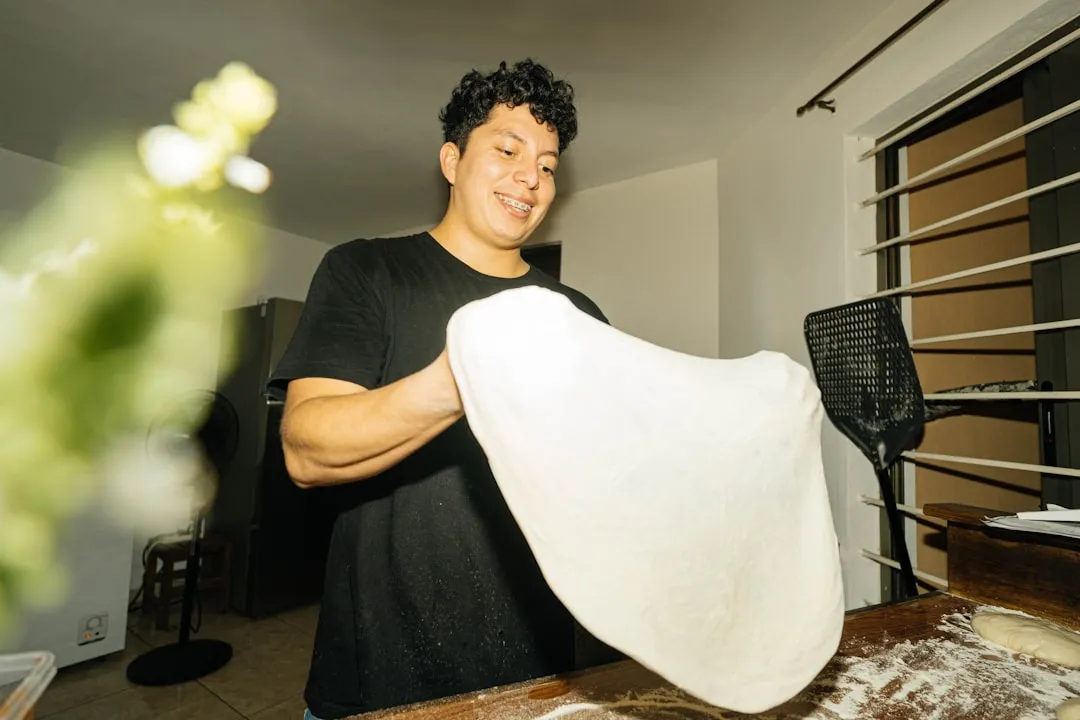

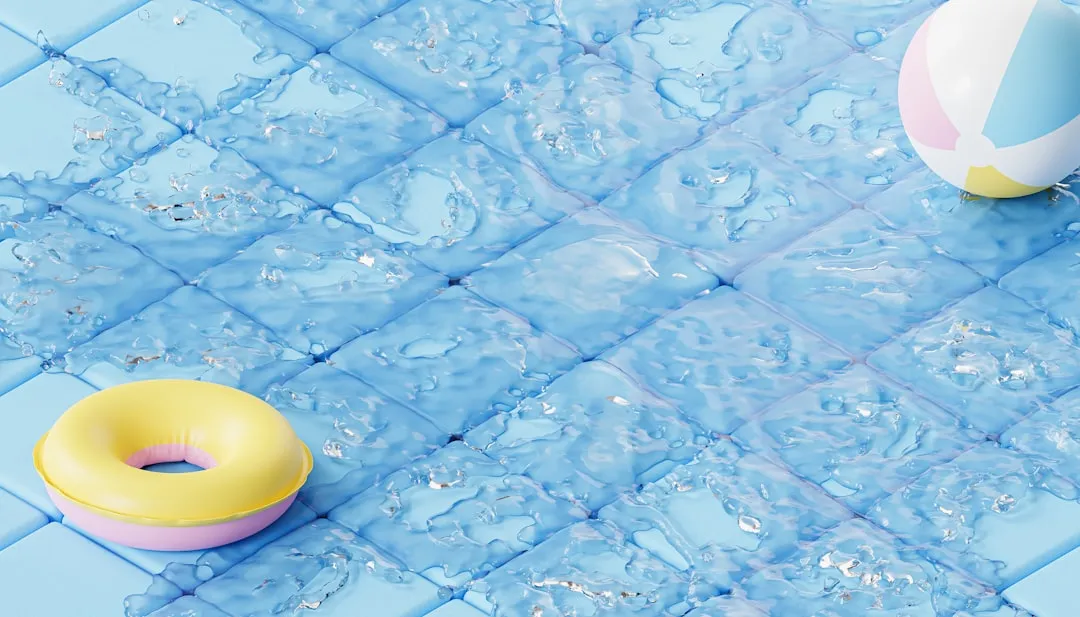
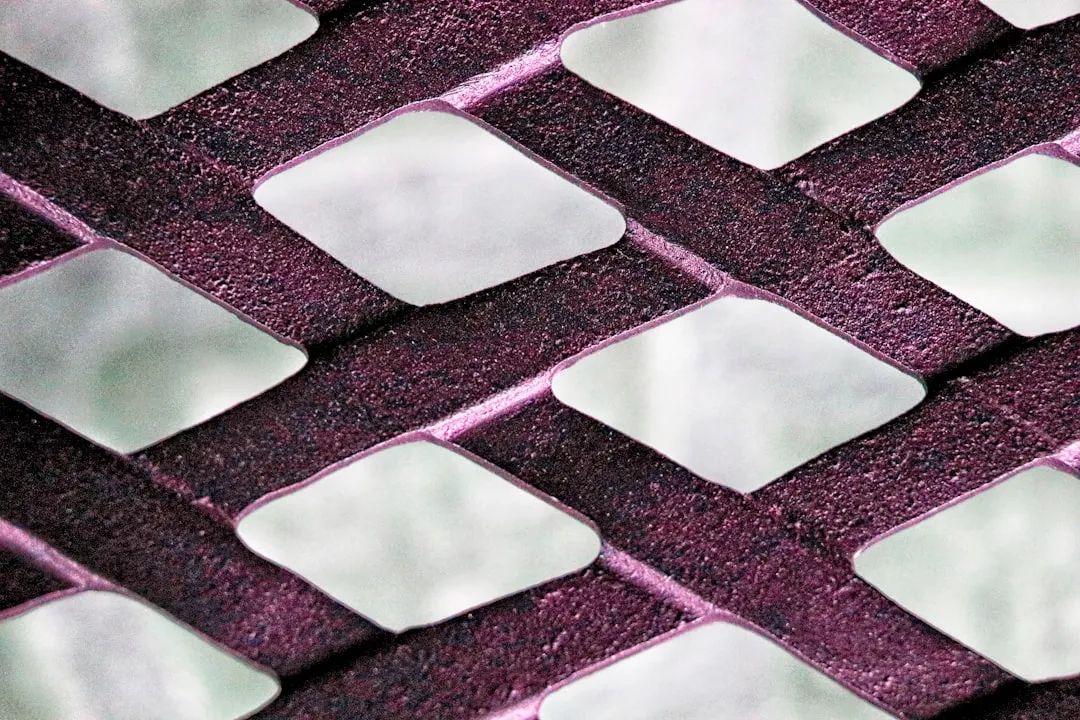

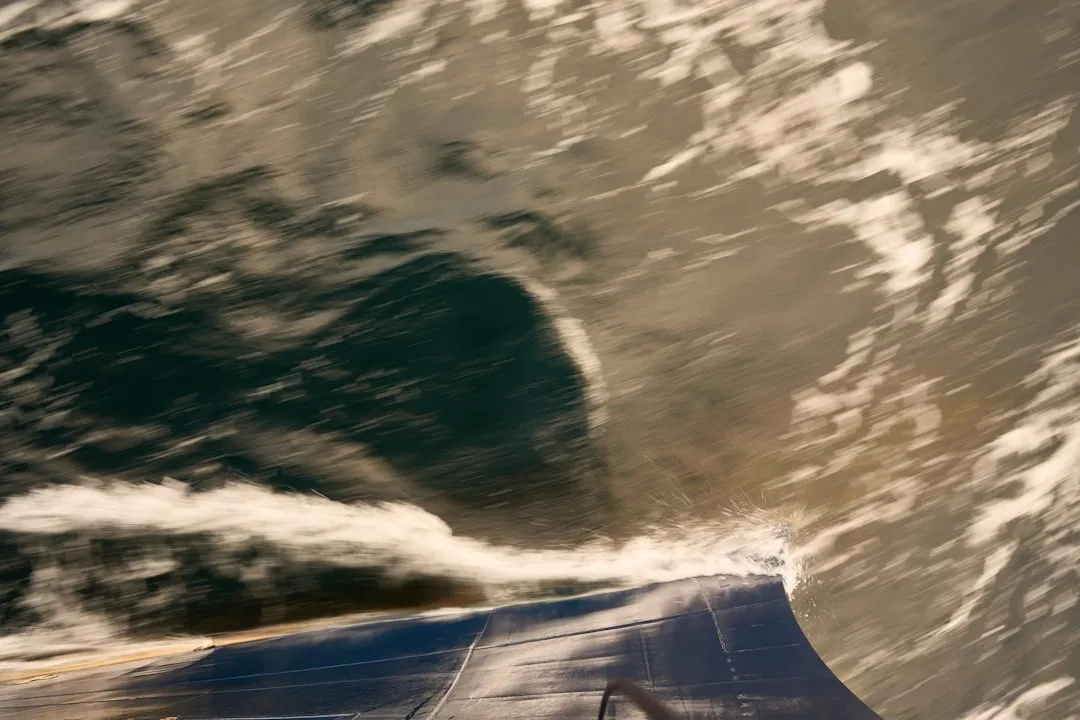


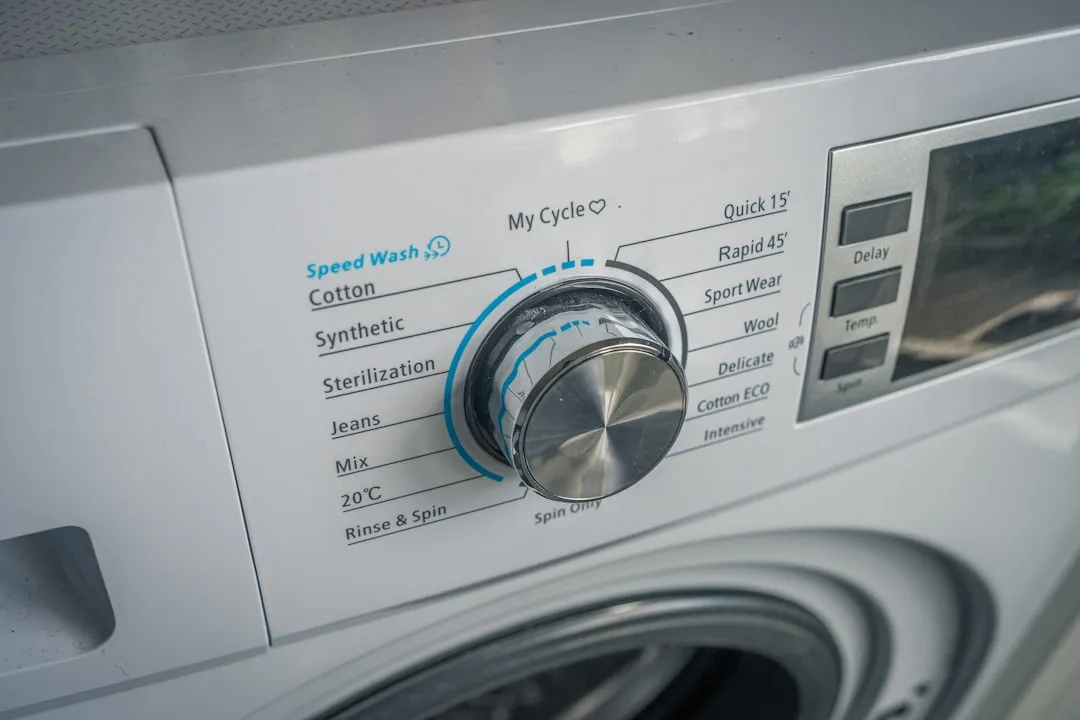

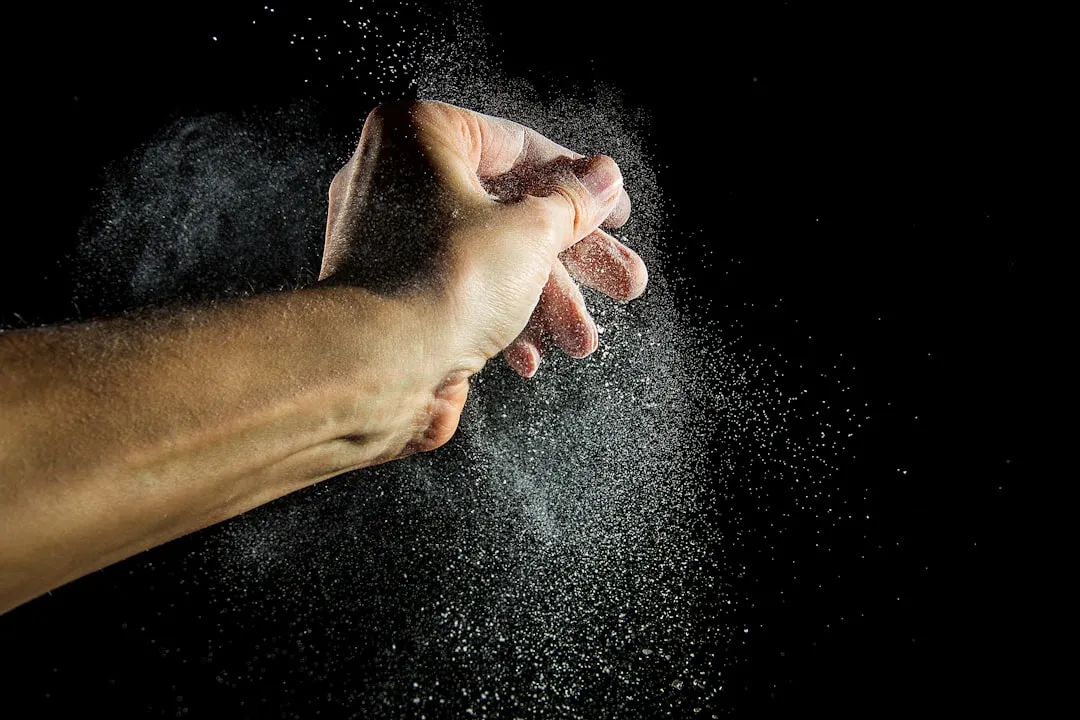
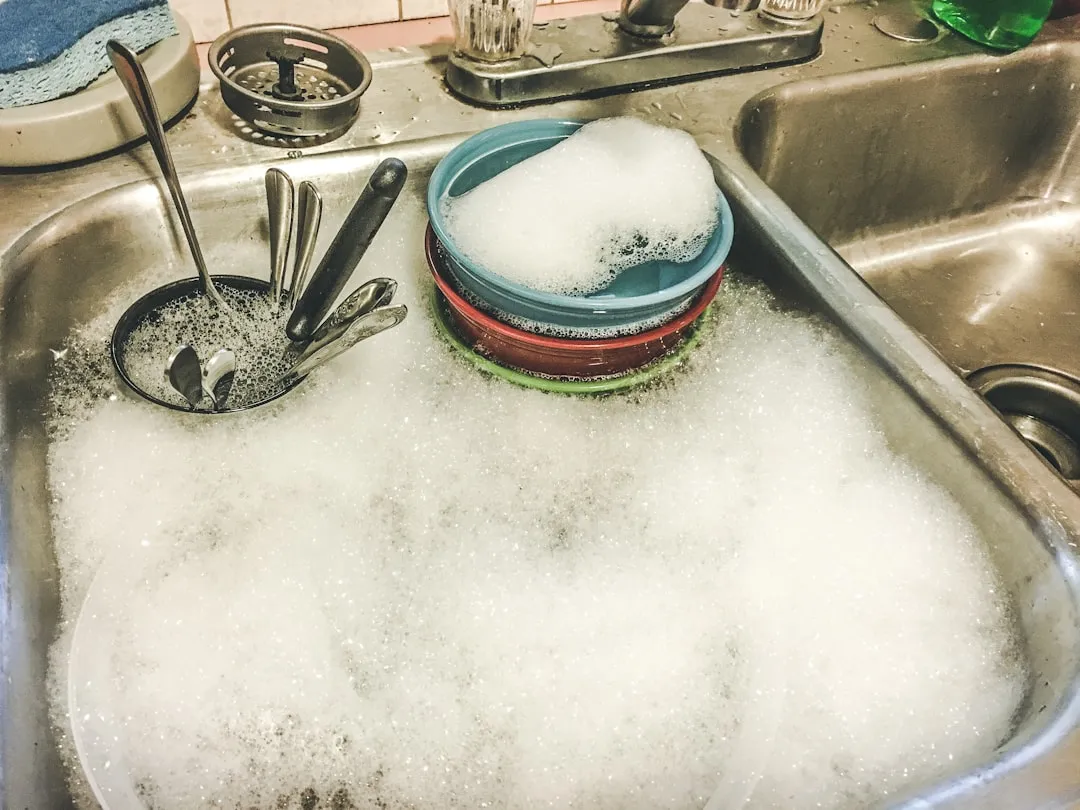

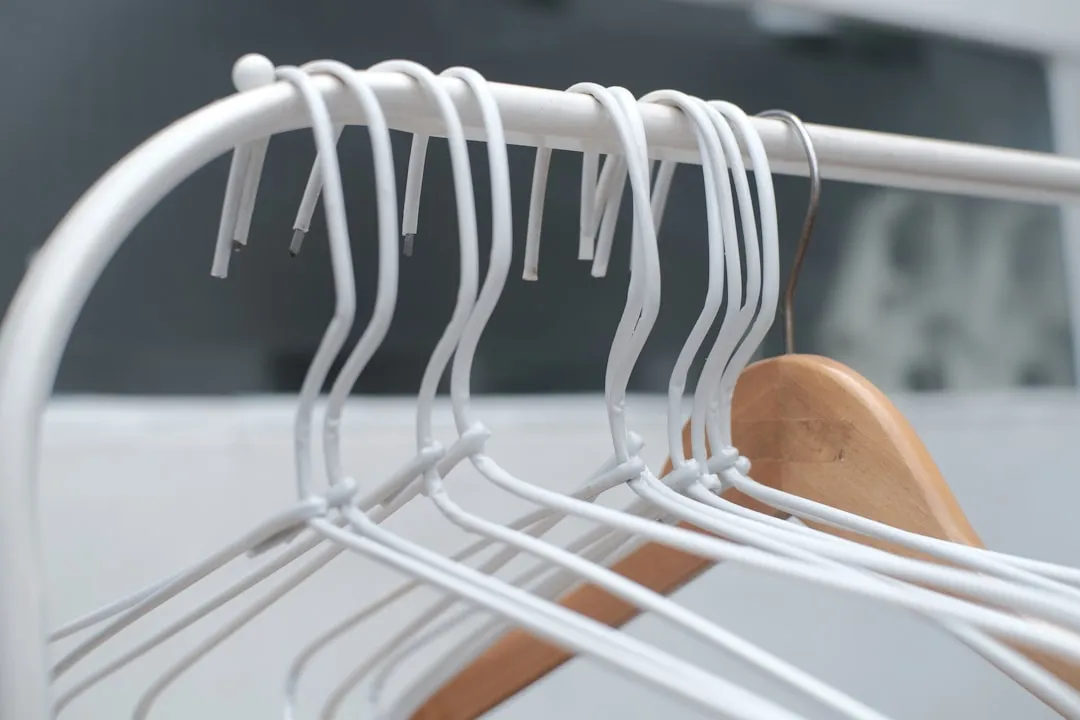

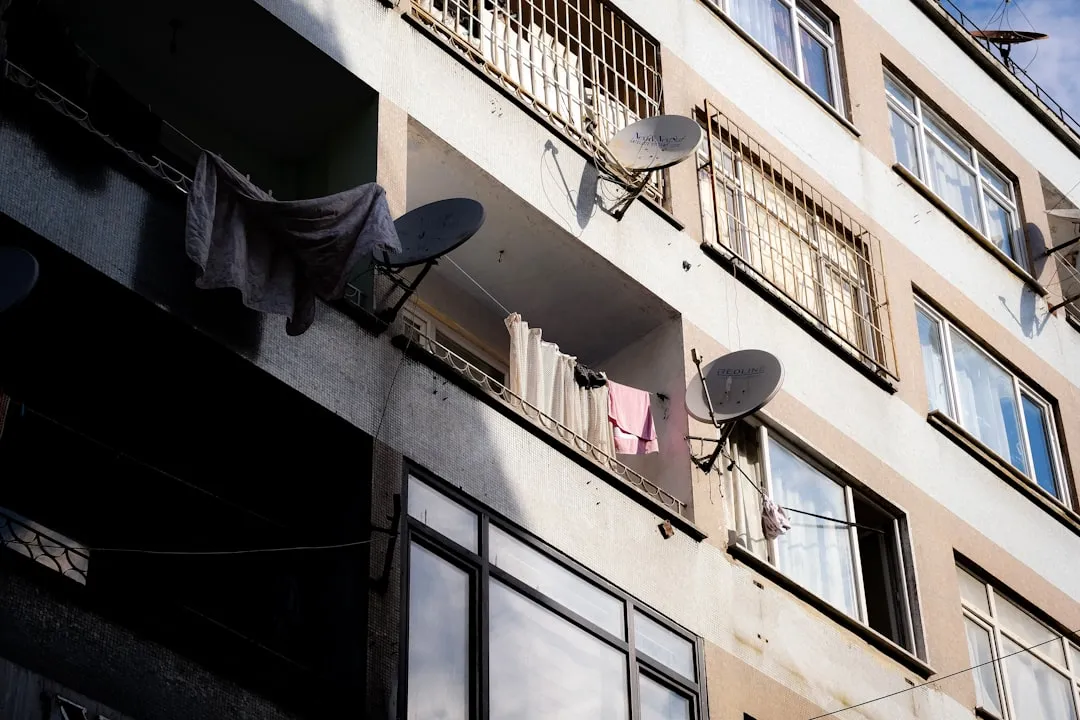

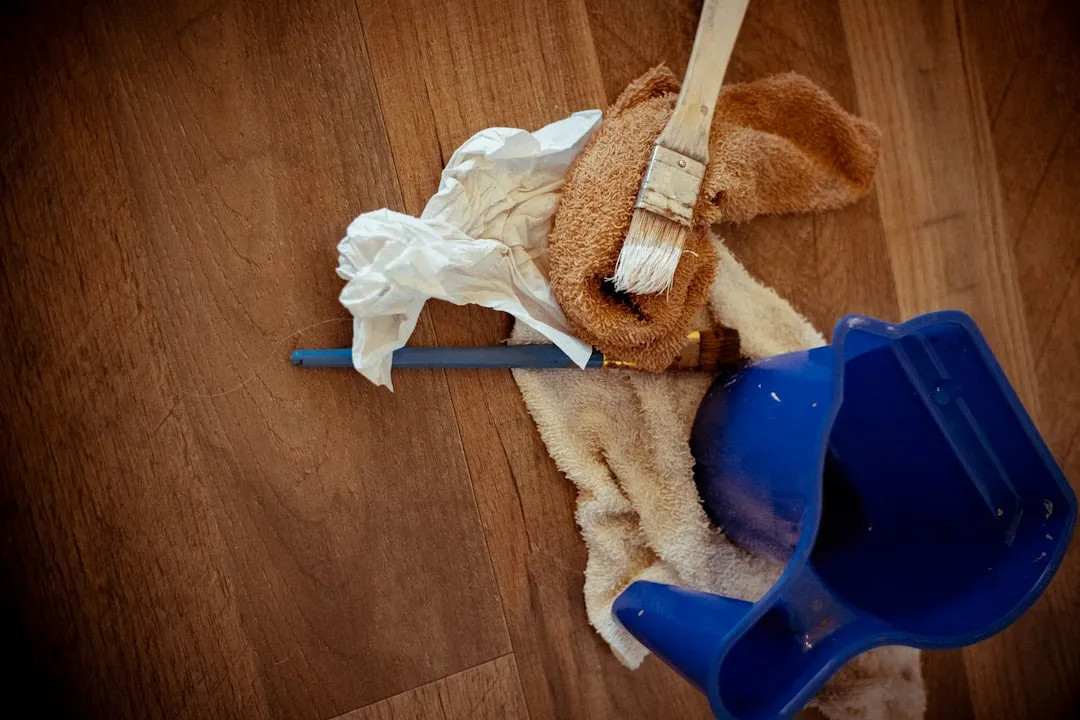
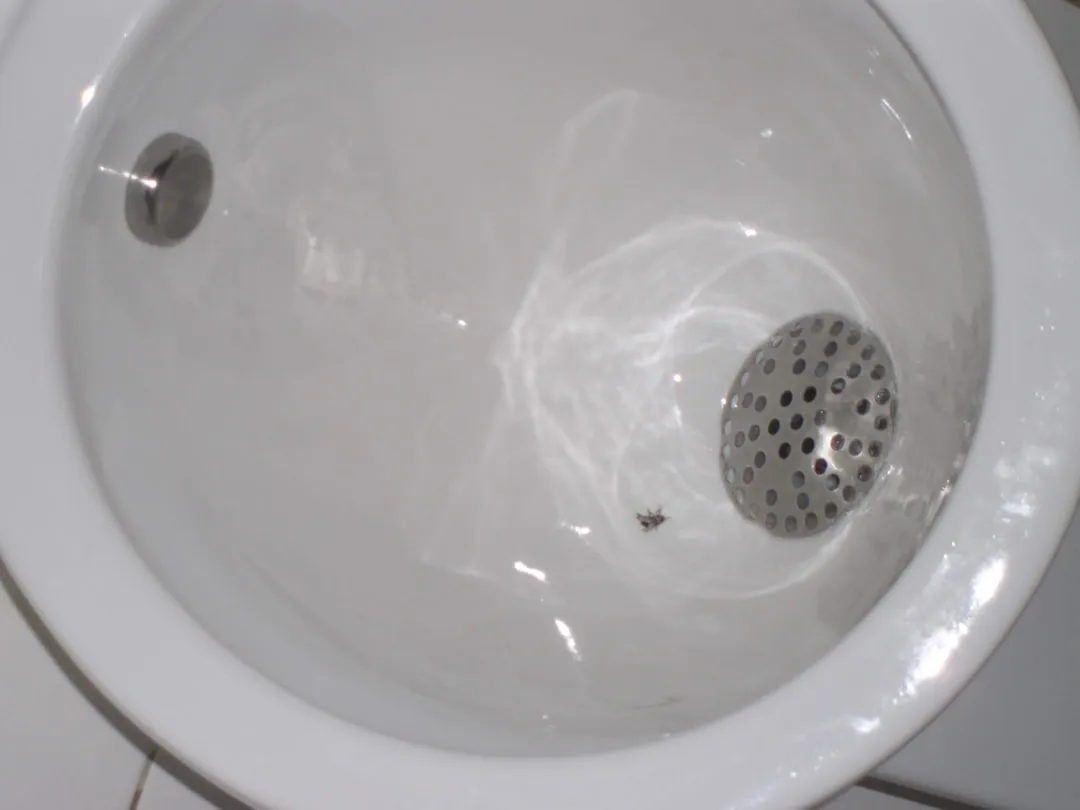
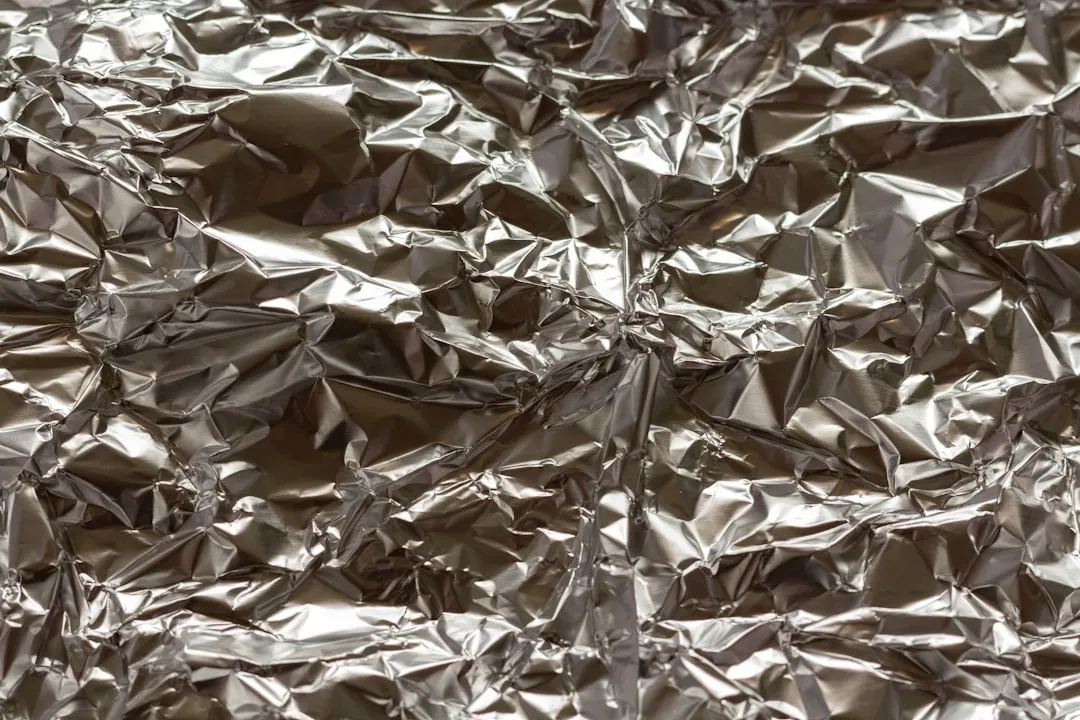
Comments
Be the first, drop a comment!